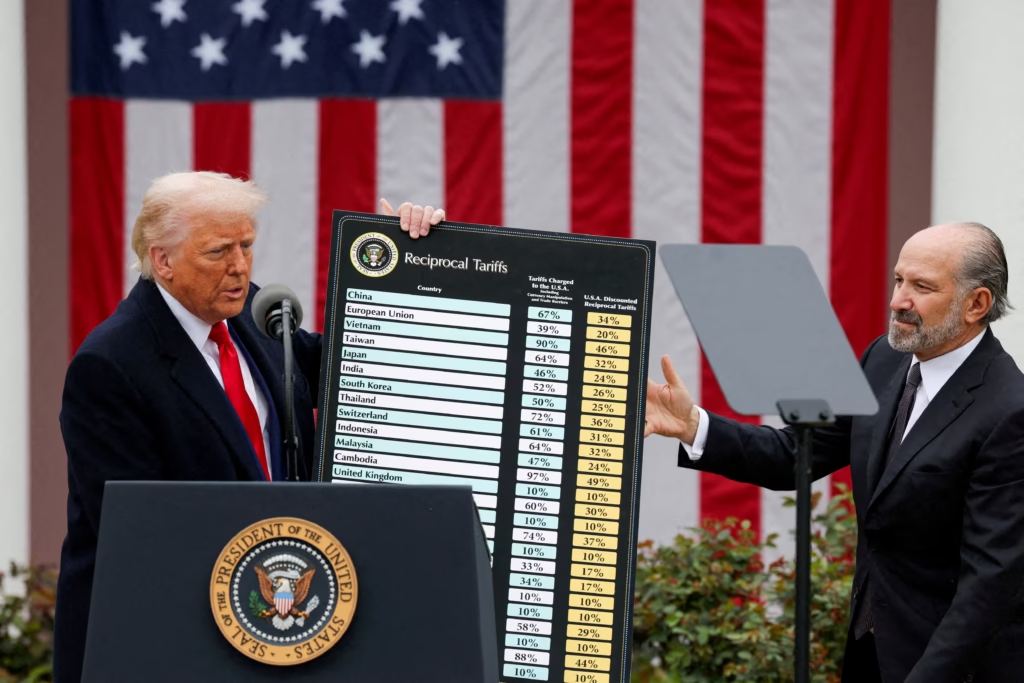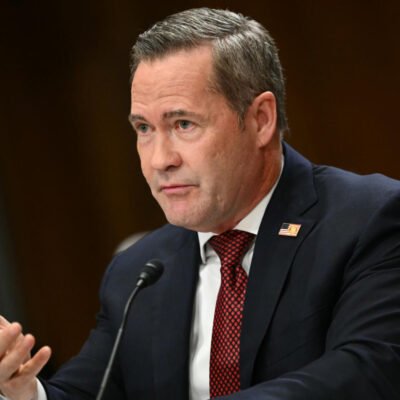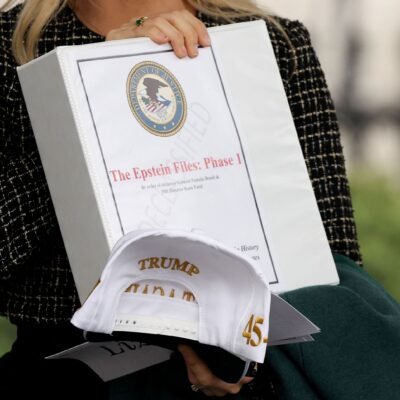In recent years, one of the most controversial aspects of former President Donald Trump’s administration was his aggressive use of tariffs to confront trade imbalances, particularly with China. These actions triggered a wave of Trump tariff lawsuits, as companies, trade associations, and legal experts began challenging the legality of his approach. Now, U.S. courts are becoming key battlegrounds for answering a crucial question: Did Trump overstep his legal authority when he imposed sweeping tariffs?
This article explores the background, legal arguments, current litigation, and potential consequences of the Trump tariff lawsuits in the U.S. judicial system.
Understanding Trump’s Tariff Actions
A Bold Trade Strategy
Donald Trump’s presidency was marked by a major shift in U.S. trade policy. Breaking from traditional multilateral approaches, he imposed tariffs on hundreds of billions of dollars’ worth of goods, targeting countries like China, Mexico, and even U.S. allies in Europe.
These tariffs were justified under various legal grounds:
- Section 301 of the Trade Act of 1974, used to combat unfair trade practices by China.
- Section 232 of the Trade Expansion Act of 1962, used to label foreign steel and aluminum as national security threats.
- Emergency powers that allowed broad economic actions to defend U.S. interests.
Economic and Political Impact
While Trump’s tariffs were praised by some for protecting American jobs and pressuring China, others criticized them for raising costs for businesses and consumers. Farmers, manufacturers, and importers were especially affected. The policies not only strained international relationships but also opened the door to litigation in U.S. courts.
The Rise of Trump Tariff Lawsuits
Who’s Suing and Why?
Since 2018, more than 6,000 lawsuits have been filed by companies and trade groups. Plaintiffs range from small businesses to giants like Ford, Tesla, and Apple. Their main claim? That Trump’s tariffs were illegal because they violated the limits of executive power.
Some of the core legal arguments include:
- Exceeding statutory authority: Plaintiffs argue that Trump used laws like Section 301 in ways never intended by Congress.
- Improper procedures: Some lawsuits claim the administration didn’t follow the required public comment or review processes.
- Retroactive tariffs: Certain legal challenges focus on the timing and scope of tariff changes made without sufficient warning.
Key Lawsuits and Legal Milestones
1. Section 301 Lawsuits: U.S. vs. China Tariffs
Perhaps the most prominent group of lawsuits involves tariffs on Chinese imports under Section 301. These tariffs were rolled out in several rounds, with each adding more goods to the list. Critics argue that the U.S. Trade Representative (USTR) didn’t follow proper administrative procedures, especially when implementing List 3 and List 4 tariffs (which covered consumer goods like electronics and clothing).
Case Example: HMTX Industries LLC v. United States
- Filed by importers of flooring products.
- Challenges the expansion of tariffs on $200 billion worth of Chinese goods.
- The U.S. Court of International Trade (CIT) ruled that the government failed to justify its decisions properly and sent the issue back for review.
This case could have a domino effect, potentially leading to refunds for thousands of companies.
2. Section 232 Lawsuits: Steel and Aluminum Tariffs
Trump’s use of Section 232 drew legal fire because it tied tariffs to “national security,” a rare and powerful justification. Lawsuits argue that:
- The definition of national security was overly broad.
- The administration misused its discretion.
- The president bypassed congressional oversight.
Case Example: American Institute for International Steel v. United States
- Plaintiffs challenged the constitutionality of Section 232.
- The Supreme Court declined to hear the appeal in 2020, effectively upholding the president’s authority.
- But legal experts say the issue isn’t settled, especially if new cases provide stronger facts or new interpretations.
3. Tariff Refund Lawsuits
As the legal battle continues, some companies are also suing for refunds on past tariffs. If courts rule that certain tariffs were improperly implemented, importers could be entitled to billions in reimbursements. This adds high financial stakes to the litigation landscape.
How Courts Are Responding
Mixed Rulings So Far
The judicial response has been varied:
- In some cases, like HMTX v. United States, judges have agreed that the administration didn’t follow proper procedures.
- In others, courts have sided with the government, ruling that the president has broad discretion in trade matters.
- The CIT, U.S. Court of Appeals for the Federal Circuit, and even the Supreme Court may ultimately decide the scope of presidential powers in trade.
Potential Supreme Court Review
With conflicting lower court rulings, some cases may head to the Supreme Court. A high court decision could set a precedent on how far a president can go without congressional approval in trade matters.
Legal and Political Implications

A Test of Executive Power
At the heart of the Trump tariff lawsuits is a debate over separation of powers. Critics argue that Congress gave the president too much unchecked authority. Others say such flexibility is necessary to respond to global trade threats.
If courts decide to limit executive authority, it could:
- Change how future presidents use trade laws.
- Reinforce congressional oversight.
- Restore balance in international trade policymaking.
Impact on Future Trade Policy
Regardless of the outcomes, these lawsuits are already shaping how U.S. trade policy will look moving forward. President Biden has kept many of Trump’s tariffs in place, but his administration is reviewing their legality and economic impact.
Congress, meanwhile, is considering new laws to rein in executive power in trade. One proposal, the REINS Act (Regulations from the Executive in Need of Scrutiny), would require congressional approval for major tariff actions.
What Businesses and Consumers Should Know
1. Stay Informed on Legal Developments
Importers, exporters, and supply chain managers should monitor ongoing cases. A favorable ruling could lead to tariff refunds, while an unfavorable one could mean higher costs continue.
2. Consider Filing Claims
Some law firms are advising companies that paid Section 301 tariffs to file “protective claims” in case courts eventually order refunds.
3. Prepare for Policy Shifts
Future presidents may face tighter rules on using tariffs as a tool. Businesses should stay ready for changes in compliance, customs, and trade reporting.
Conclusion: A Legal Turning Point for Trade Policy
The Trump tariff lawsuits are more than just legal squabbles—they’re a fundamental test of how much power a U.S. president should have in shaping global trade. As courts evaluate the past actions of the Trump administration, the outcomes could set long-lasting rules for future leaders and global markets.
Whether you agree with Trump’s aggressive trade approach or not, these lawsuits are essential for defining the legal guardrails of presidential authority. For businesses, consumers, and policymakers alike, the rulings could affect everything from import costs to diplomatic relations.
With thousands of cases still pending, and billions of dollars on the line, the Trump tariff lawsuits are one of the most important legal battles in modern trade history.
Read Next – Global Minimum Tax Carve-Out Boosts U.S. Firm Competitiveness






